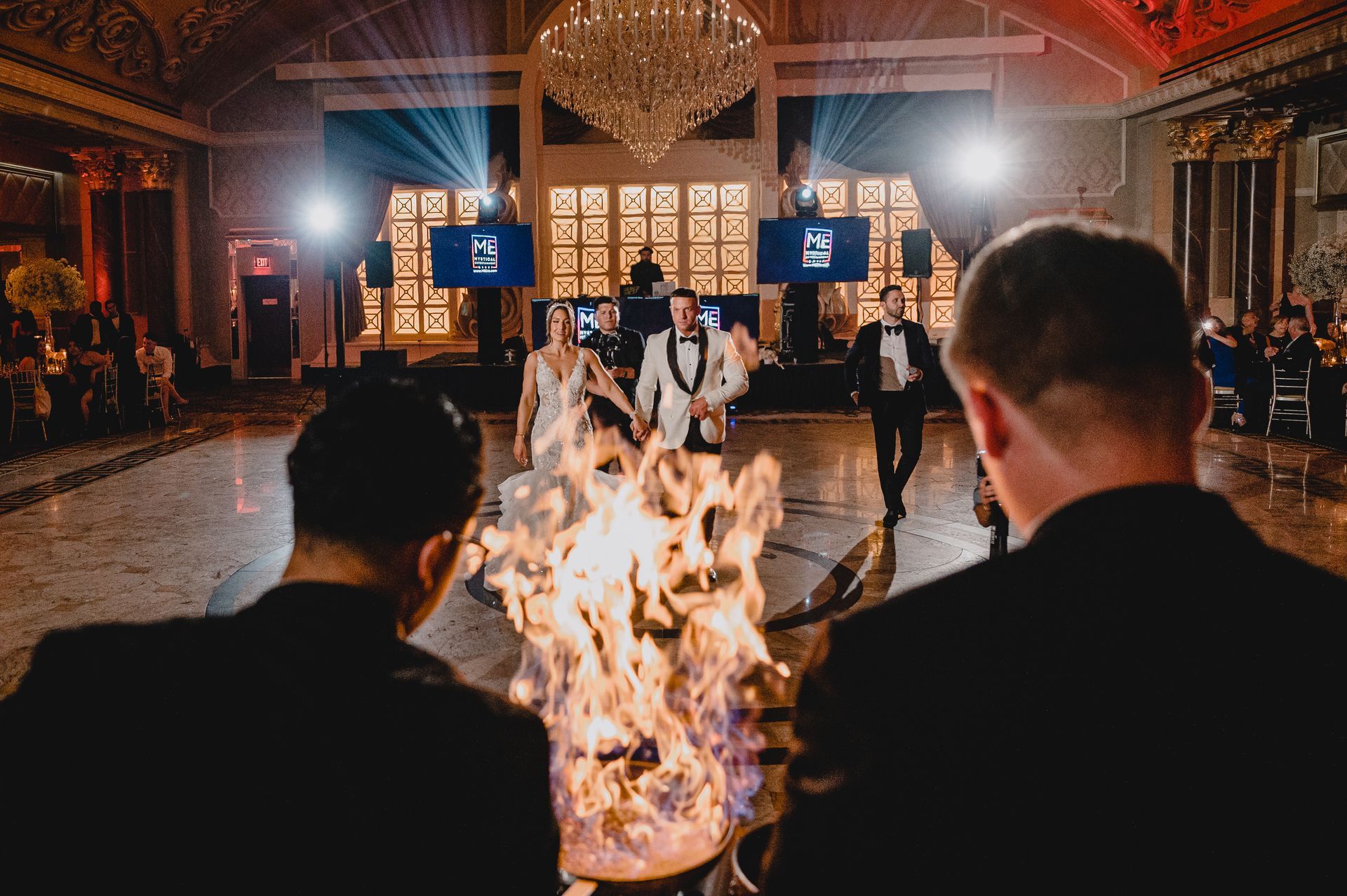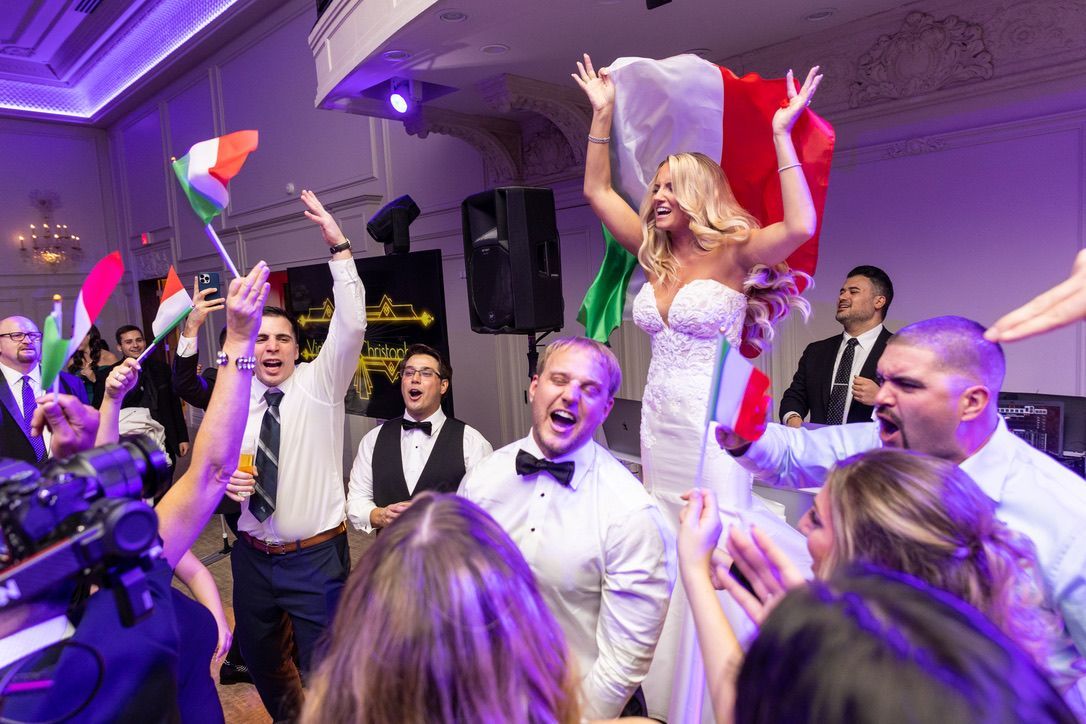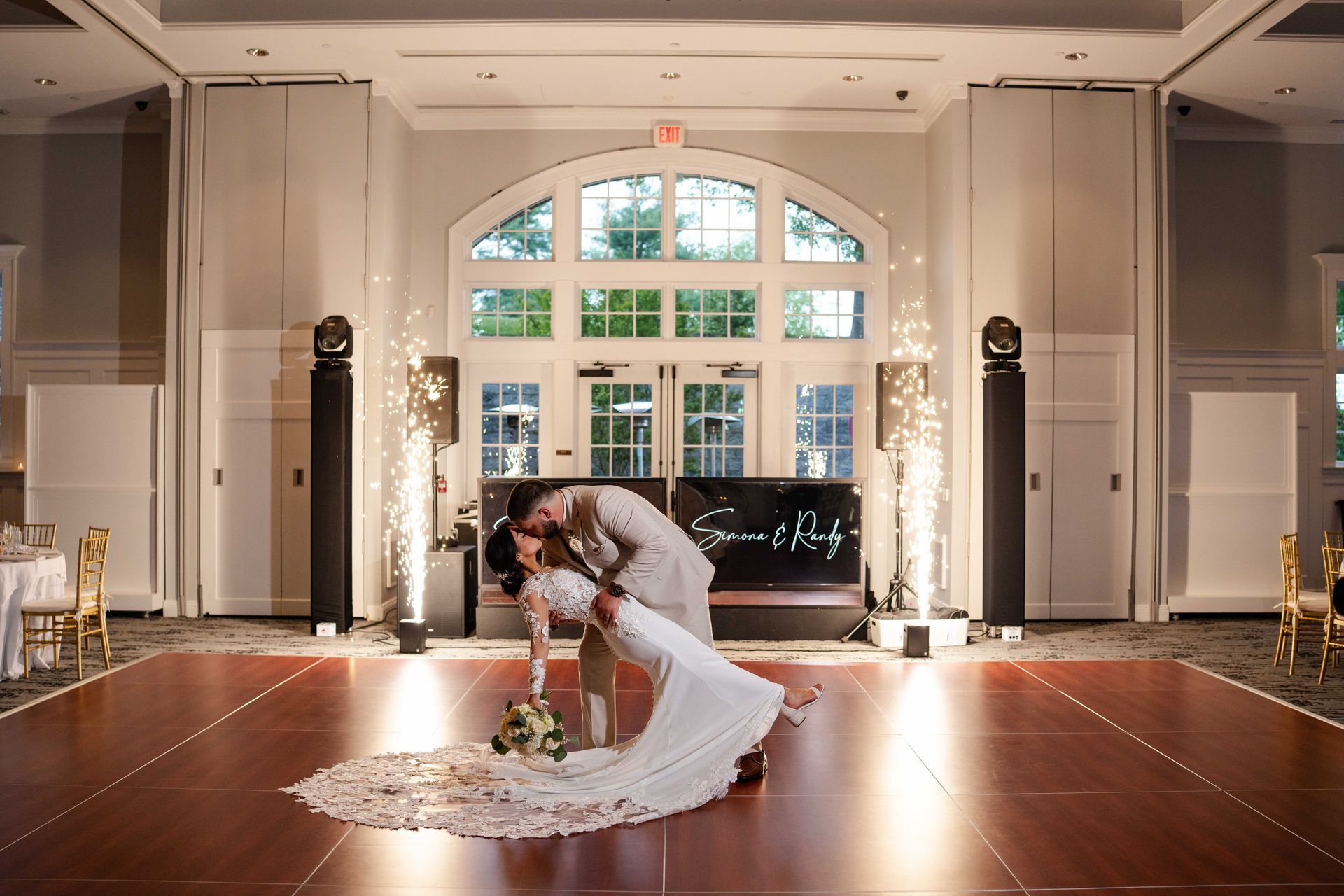BLOG

1. Pick the Perfect Spot
The location of your wedding determines not only the mood (rustic, sophisticated, beachy), but also the travel, time and budget required to pull it off. You want your guests to walk away from your wedding weekend saying, “That was so them!” Your wedding elements — not just location, but also activities and overall vibe — should say something about your personal style and your passions. Did he propose on vacation in Paris? Then why not host a swank wedding in the City of Lights? Are you foodies? Think about gathering your crew in a place like Tuscany or California wine country. Or if you love outdoor adventures, consider Costa Rica, where guests can zipline through the treetops before the rehearsal dinner.
2. Time It Right
Unfortunately, the best weather in popular vacation destinations tends to correlate with tourist season, when there are typically more crowds, fewer hotel and venue availabilities, and higher rates all around. If you choose to marry during high season, you’ll want to reserve hotel blocks and venues immediately and send out save-the-dates 10 to 12 months in advance so guests can book their flights and accommodations before prices skyrocket. If you choose the shoulder season (right after high season), you may be able to save yourself and your guests some money and still enjoy great weather. While the off-season will mean fewer crowds, the weather can be iffy, and you may find that many stores, venues and vendors close up shop.
3. Take a Trip
We seriously can’t recommend this enough: Take at least one planning trip and if you can swing it, two or three is ideal. On the first trip, you’ll need to scout and secure your key venues — ceremony and reception spaces, hotels for guests, a rehearsal dinner venue — and local suppliers such as caterers, florists and photographers. Next (or during a second trip), you’ll need to schedule “tastings” with your caterer, see sample bouquets from the florist, plan a hair and makeup session with a local salon and organize activities (golf, tennis, walking tours, museums) for your guests.
4. Factor in the Extra Expenses
If done right, a destination wedding can cost no more — and maybe even less — than hosting the same party at home (depending on where you live, of course). For example, if you live in a US metropolitan city where event facilities are in high demand, like New York City, then holding your wedding in Mexico will likely be less expensive than doing it at home, even when you factor in airfare, hotel expenses and planning trips. Still there are extra expenses you’ll need to factor in for any destination wedding, including importing key vendors and décor, welcome bags for guests, additional activities for guests and travel costs for you and your immediate families (including the planning trips, not just the big day).
5. Research Local Marriage Requirements
The legal side of tying the knot in a different country can be complicated. Many countries have a “residency requirement” (for example, 24 hours in Turks and Caicos and 7 days in England), which means you must reside in the country for a certain length of time before your ceremony. Although this is usually just a few days, it can be longer. France requires you to arrive at least 40 days before you marry!
6. Get Help
Control freaks, beware: If you’re hosting a wedding in a distant locale, you will need to entrust at least part of the planning to someone else’s capable hands. A wedding planner can shoulder the burden of researching and securing local vendors (especially valuable if said vendors speak English only as a second language), dealing with logistics like tent rentals and lighting and handling any last-minute fires that may start in the weeks leading up to the wedding. She is also the behind-the-scenes queen, creating gift bags for guests, greeting everyone at the airport, keeping people busy with fun activities once there, vetting special requests (babysitters, dry cleaners, and so on), and getting everyone where they need to be on-time. Many resorts include a coordinator in their wedding packages. Otherwise, set aside about 10 to 15 percent of your total budget for a local planner. Generally speaking, a local planner is your best bet, as he can be your man-on-the-ground when you can’t be there. But if you prefer to go with a planner from back home, make sure they have experience planning weddings in your chosen destination and expect to cover his transportation costs for planning visits and the actual wedding.
7. Remember: You’re on Island Time
Don’t keep a constant eye on the clock. Remember that many tropical islands run on “island time” — things happen when they happen — so don’t mistake a vendor’s laid-back attitude for incompetence. Avoid the temptation to micromanage from afar. Schedule regular check-ins and then trust your vendors to work their magic.
8. Vet Vendors Carefully
While you can view vendors’ portfolios online and check references from afar, it’s especially important that you’re comfortable with all your vendors. You’ll be leaving a lot in their hands, as you won’t be able to be nearly as hands-on, so it’s important you trust those hands are capable. That’s why we strongly suggest making at least one planning trip to meet with potential vendors. If you must hire your vendors unseen, schedule a video chat so you can get a sense for a potential vendor’s demeanor and personality before you sign a contract. Your wedding planner can meet with potential vendors on your behalf and brief you on your options, as well. Another option: Bring pros you trust from home to handle critical aspects such as the wedding photography, hair and makeup, and design (lighting, flowers), and even work with local vendors in a supervisory capacity to avoid any communication mishaps. Just remember: You’ll have to cover their travel and lodging expenses.
9. Forewarn Your Friends
Tell your bridal party about the destination before you ask them to stand by your side so that they can gracefully decline if finances are tight. Don’t be upset if some of your closest friends or relatives don’t attend. While you are, in a sense, footing some of the food bills, their fees for travel, hotel, and car rental can really add up. And while your wedding is a mini-vacation for you, it may not be the one they want to take!
10. Mind Mother Nature
Don’t just assume that the weather in the Caribbean, Hawaii and Mexico is gorgeous year-round. Hurricane season lasts from July through October in the Caribbean and can put a major damper on your nuptials, while rainy season makes marrying in Hawaii dicey from November to March, and Italy can be uncomfortably hot in July and August.
11. Take Care of Guests
In addition to arranging group rates for flights and rooms, list information for getting to and from the nearest airport to your wedding locale, invite everyone to the rehearsal or welcome dinner and next-day brunch, and deliver welcome bags to their rooms, full of essentials for the trip, like suntan lotion, water and bug spray.
12. Dress the Part
Don’t forget to consider the climate when choosing your wedding dress — and deciding on everyone else’s attire. You’ll be swimming in sweat if you pair your fairy-tale satin ball gown with tropical humidity, and asking your groomsmen to wear tuxes in the sun and heat is just cruel. Also, if you’re exchanging vows outside, you may want to reconsider a long train that will easily get muddy or grass-stained or three-inch heels that will stick in the mud.
13. Get a Move On It Already!
Not to stress you out, but you’re basically competing in the Olympics of wedding planning — the long-distance affair. You need to be twice as organized as a local couple and pre-think everything, because you won’t have much time to make up your mind, especially if you can only do one or two planning trips. Every trip should be one fat to-do list of appointments with vendors, coordinators and venue managers, so do your research, set up appointments and form a clear vision of what you want before you go. The good news: If you give yourselves one weekend to find a reception site, you’ll find one. In other words, distance will make you decisive, which will make the whole planning process a lot less stressful.










